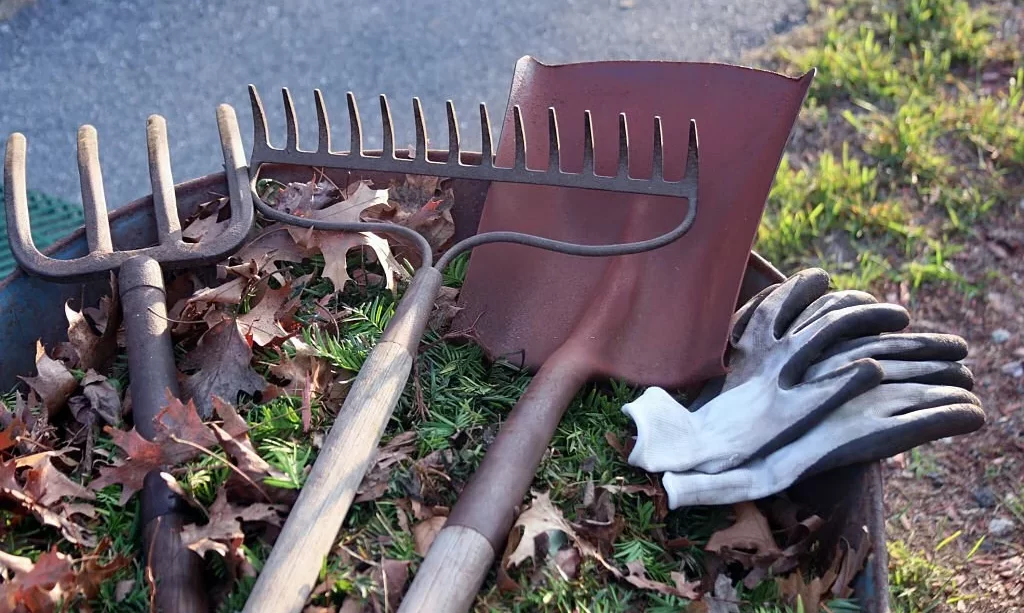Land clearing is a transformative process that paves the way for various projects, whether you’re planning to create a sprawling garden oasis, prepare a site for construction, or establish a new agricultural endeavor. DIY land clearing is a rewarding and cost-effective option for those willing to roll up their sleeves and get their hands dirty. This article is your comprehensive guide to tackling land clearing projects yourself, providing you with the knowledge and steps required to turn over a new leaf on your property. By understanding the nuances of land assessment, gathering the right tools and equipment, and taking safety measures, you’ll be well on your way to successfully clearing your land and bringing your vision to life.
Assess the Land
Before embarking on your land clearing journey, it’s imperative to get to know the lay of the land. Take the time to thoroughly assess the area you intend to clear. Consider the type of vegetation that needs to be removed – whether it’s brush, trees, or shrubs. Additionally, examine the soil conditions and take note of any potential hazards, such as underground utilities or water lines. Understanding the lay of the land is critical in developing a plan that ensures the efficient and safe clearing of your property. By conducting a detailed assessment, you’ll be better prepared to make informed decisions, anticipate challenges, and create a clear strategy for your land clearing project.
Gather the Right Tools and Equipment
Once you’ve assessed the land and have a clear understanding of your project’s scope, it’s time to assemble the right tools and equipment. The essential tools for land clearing include chainsaws for cutting down trees, brush cutters for managing smaller vegetation, and axes or machetes for manual labor. Safety gear should not be overlooked, as it includes helmets, gloves, safety glasses, and sturdy boots. Depending on the size of your project, you might also require heavy machinery like tractors or bulldozers. Consider whether renting or hiring this equipment is more practical for your specific needs. With the proper tools and equipment in your arsenal, you’ll be well-prepared to tackle the land clearing process safely and efficiently.
Obtain Necessary Permits
Before you dive into your DIY land clearing project, it’s essential to navigate the regulatory waters. Depending on your location and the nature of your project, you may need permits to proceed legally. Regulations vary from place to place, and it’s crucial to identify the specific permits required for your area. Local municipal offices or environmental agencies are valuable resources for this information. Failing to obtain the necessary permits can result in legal complications and project delays. Compliance not only ensures you’re following the law but also helps prevent potential issues down the road. So, take the time to research local regulations, secure the required permits, and maintain a clear path for your land clearing project.
Develop a Clearing Plan
Once you’ve assessed your land and navigated the permit process, it’s time to create a detailed clearing plan. A well-thought-out plan is like a roadmap that guides your project from start to finish. Define your goals and priorities for the cleared area, whether it’s for gardening, construction, or agriculture. Set a timeline for your project, taking into account the seasons and weather conditions. Budget considerations are also vital – plan for expenses related to equipment, labor, and any unexpected challenges. Moreover, your plan should encompass a safe disposal strategy for the vegetation and debris you remove. A clear plan not only keeps your project on track but also allows you to anticipate and address issues efficiently.
Safety First
Safety should always be at the forefront of your mind during any land clearing project. Prioritize safety measures to protect yourself and others involved. Wear appropriate safety gear, including helmets, gloves, eye protection, and sturdy boots. Avoid working alone whenever possible and ensure someone is aware of your activities. Hydration and proper nutrition are crucial, especially in outdoor conditions. Recognize potential hazards, such as falling branches or wildlife, and take appropriate precautions. Stay aware of your surroundings and take breaks when needed. A safe approach to your land clearing project is non-negotiable, ensuring that you can complete the job without harm to yourself or the environment. Remember, safety is the foundation upon which your DIY land clearing project rests.
Clearing Vegetation and Debris
With your assessment, permits, plan, and safety measures in place, it’s time to get to the heart of your land clearing project. Start by working from the perimeter of your property and gradually move inward. Use the appropriate tools, whether it’s a chainsaw for tree removal, a brush cutter for smaller vegetation, or an ax for manual labor. As you remove vegetation, take care to manage stumps and roots effectively. Depending on the scale of your project, you may need to consider the disposal of the cleared material. Larger projects might require a wood chipper to process branches and trunks, while smaller projects can manage with a debris pile. Always exercise caution and stay vigilant, as you tackle the challenges of clearing vegetation and debris.
Environmental Considerations
Responsible land clearing extends beyond the project’s completion. Consider the environmental impact of your actions and strive for minimal disruption. Where possible, recycle or repurpose cleared materials and vegetation. Fallen branches can be transformed into mulch, while logs can become firewood or crafting materials. Replanting or landscaping the cleared area is an excellent way to restore the natural balance. Additionally, minimizing soil erosion and protecting water bodies nearby is crucial for maintaining the local ecosystem. By embracing these environmental considerations, you not only complete your project but also contribute to the long-term health of the land.
Clean-Up and Final Inspection
As the clearing process comes to a close, it’s time to shift your focus to clean-up and a final inspection. Leave no stone unturned, ensuring that the cleared area is free of debris and vegetation. Remove any excess branches, leaves, or other refuse that may have accumulated. Restore the land to an acceptable condition, ready for your next phase, whether it’s gardening, construction, or any other project. Before considering your project complete, conduct a final inspection. Walk the cleared area and check for any lingering issues, such as overlooked stumps or roots. It’s essential to ensure that the land is in its intended state and ready for your planned use.
Conclusion
DIY land clearing projects require dedication, planning, and commitment to safety and the environment. By assessing the land, obtaining permits, developing a plan, and prioritizing safety, you set the stage for a successful endeavor. During the clearing process, diligent work with the right tools is crucial. Environmental considerations ensure that your project aligns with responsible land management practices.
As you approach clean-up and final inspection, you’re not only completing the project but also shaping a space for future possibilities. Whether you’re creating a garden, constructing a new building, or pursuing any other vision, DIY land clearing provides a clean slate for your aspirations. By following this guide and embracing the journey of land clearing, you’re not only making a mark on your property but also contributing to a brighter future for the land and the community it serves.



